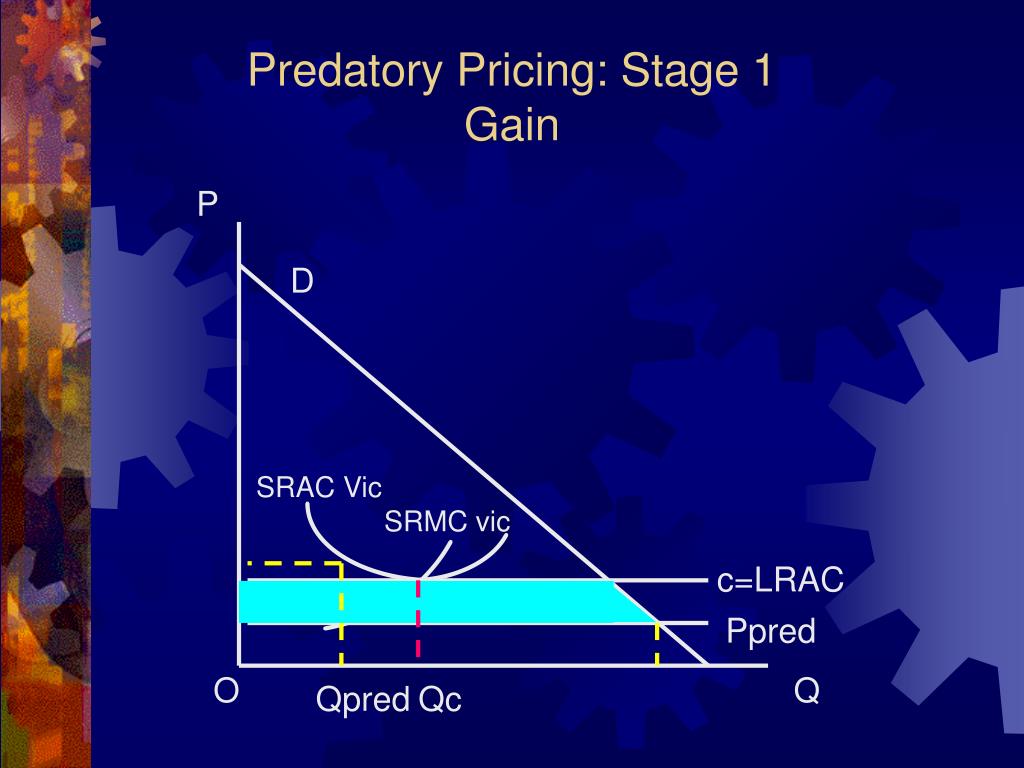

Note: The downloadable document is the English translation of the Chinese original, available at. case law on predatory pricing, including Matsushita and Brooke Group, and the EU case law, ranging from AKZO to Wanadoo. The paper analyzes many traditional and more modern economic theories, including the findings of the Chicago School and and the theories and models before and after the Chicago School. Given the relative scarcity of guidance on predatory pricing in China, this paper examines the solutions proposed by economists, antitrust agencies and courts in the United States and the European Union. China’s Anti-Monopoly Law, Anti-Unfair Competition Law and Price Law contain prohibitions of predatory pricing, but their provisions do not go into much detail. Predatory pricing occurs where a firm deliberately sets prices below cost to eliminate, discipline or deter entry by a competitor, with the goal to subsequently recoup its losses by charging supra-competitive prices. We focus in particular on four factors: existence of dominance/monopoly power definition of the benchmark used in a cost test injury to competition and absence of pro-competitive justifications.

As US and EU courts have long dealt with the fundamental questions raised by predatory pricing claims, we assess the existing and draft rules in China against the backdrop of US and EU jurisprudence. However, all in all, the law on predatory pricing is still relatively undeveloped in China at this stage. For example, in 2009, the National Development and Reform Commission (NDRC) circulated for comments a draft regulation implementing aspects of the AML, including its predatory pricing provision. Chinese antitrust agencies and courts have provided some signals as to how they will enforce the predatory pricing provision in the AML and similar provisions in other laws. China's Anti-Monopoly Law (AML) prohibits a dominant company from selling products at prices below cost without legitimate reasons.


 0 kommentar(er)
0 kommentar(er)
